A blown Turbocharger at Castle Rock in Tales of the Jointed Track
- Sept. 26, 2014, 9:05 p.m.
- |
- Public
I was called for a set of helpers for a late morning shove. It was nondescript, and Steve Pfaff was my Conductor for the trip. I always liked working with Steve. He worked for the Santa Fe out of Corwith Yard, just 5 miles west of downtown Chicago. He was raised in Downers Grove, Illinois, and was tiring of the Chicagoland area. I would say he was a couple years older than me. Skinny as a rail, and about 5 foot 6 inches, but could he pack away food. In the late 1970’s, while we were still scrapping for engineers and trainman, he was allowed to transfer seniority out here on the Joint-Line.
Steve was working the Conductors Helper board, by choice to get away from the road for a while, and like me it afforded more time at home. Steve had good seniority, and marked up, behind the last promoted man on the roster. The old heads were also retiring at a fast rate on the trainman’s side, so Steve’s roster spot advanced rapidly upward.
I checked with the roundhouse foreman, and was told to grab the “Santa Fe’s“, which was a pair of SD-40-2’s.
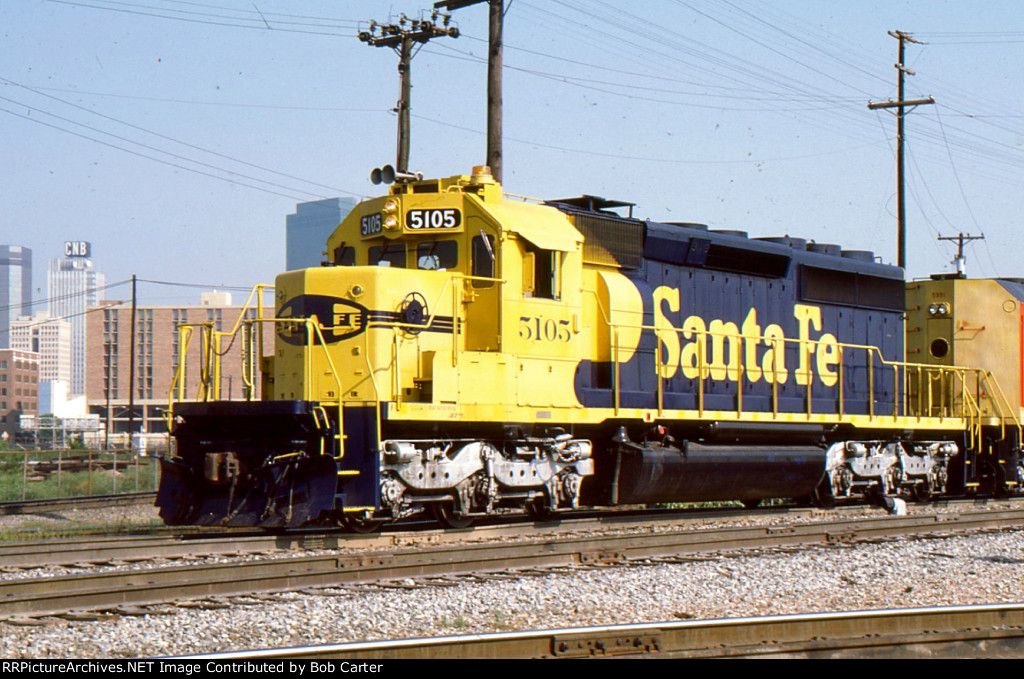
A typical Santa Fe SD-40-2 in the Yellow Warbonnet scheme
They were back to back, fully fueled to capacity and first out on the Outside Sand track. The units also had an air conditioner, which was going to be nice on this warming day.
Our load was leaving town, and the yardmaster at 31st Street was contacted for instructions to follow them out. “Come out of the house, to the junction, follow them out the outbound, line the cross-overs back at 23rd Street”. That was repeated back and we followed the load out to 8th Avenue, coupling on to them there. The set and release was made, and I was told High Green at Kalamath, here’s the release shove on ‘em.
We did well and it was a strong helper set. It was strong until we started getting a “turbo cough” on the north unit we were riding in. The turbo will cough a bit, due to the screens fouling a bit with carbon. The pressure is enough to break up the material, and it will clear itself, unless its really fouling.
EMD Turbos are freewheeling after notch 5 or 6 depending on altitude. So typically here, the come off the ‘’clutch” at throttle 6. They are gear assisted with a gear clutch assembly, and it will disengage, and freewheel. When you throttle down the clutch comes back in an assists the turbo, to maintain pressure at the lower throttle speeds.
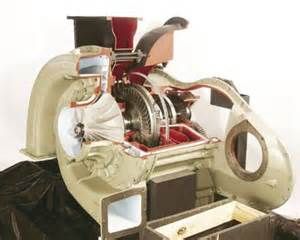
Looking toward the back behind the vanes, you can see the gear driven clutch assembly
The turbo was starting to cough around Orsa siding ATSF MP 709.5 now BNSF MP 27.4. It would cough, clear, come back to engine speed and recover. We got up the grade at Orsa, and at the south switch the grade eases and undulates for about 2 miles, then curves to the right, and starts up into Castle Rock. We picked up about 3 to 4 mph, but will lose it again, as the train gets on the grade again. Around the right hand curve, ATSF MP 706.7 now BNSF MP 30.1, it started coughing again. This was more pronounced and looking out the back window on the engineers side, I could visually see the car body flexing around the main air intake for the diesel and the traction motor blowers. I told Steve I don’t think this is going to last much longer. I was going to get us up to Castle Rock, then isolate it till we got to Larkspur. If we had shove up with one, well we have done that before. We are also told Yellow signal, so we caught the load ahead of us.
I call the head end and say, “Are ya stopping at Three Oaks crossing?”. “Yeah they are stopped up ahead, behind another one”. “Okay, I’m going to look at this unit, when we stop. We maybe down to one soon”. “Let’s us know Shoe”.
As it coughs, the engine speed has slowed and the clutch is coming to help keep the turbo clear and operating at speed. The turbo clears it self the engine revs up the expulsion of rich black smoke due to improper air pressure to the air box and poor combustion. Around the old north switch at Castle Rock, the head end says here’s the set, we’ll be stopping 30 cars. I acknowledge and it coughs again. We get near Wolfensburger Road over pass, and I drop the throttle to 7. The unit responds, then a unexpected rev and KA-BOOM!!! There is black smoke and a struggle to keep running. Another KAA-BOOM, and a shower of sparks and little silver looking shards pelting the roof of the cab and the nose. More thick black smoke. A shudder and the alarm bells go off, the carbody rocks a bit and that’s all she wrote. The alarm lights are all across the back, NO BATTERY CHARGE, LOW OIL, ENGINE NOT RUNNING (duh!!), NO EXCITATION. We are still getting a lazy drifting of black smoke as well.
Do we have a fire? I jumped up on the nose of the unit, there is a slight oil slick, but the roof is drenched. There are Turbo vane shards everywhere, and the smoke is just a lingering of past combustion, before the explosion. I get down and open the car body hood doors on both sides. The explosion has ruptured the casing. The unit is toast, and will be shopped for repairs. I call the head end and say, we’re a one unit helper now. Okay is the reply. We’ll make the hill will be slower, and the other unit will go deeper into the “red” rating, but we’ll make it.
The DS is toned up. Doug Deaton answers, I always liked Doug, he always maintained a calm demeanor. “Doug, Helpers ATSF 5036, shoving BN 5117 south. We have had a turbo explosion and the turbo is destroyed”. “Really Bob, we had you lined up for a double shove”. “We can shove up one unit, or trade off with another helper crew at Sedalia Crossover or Big Lift”. “No get ‘em over and head to the house, let the foreman know, I’ll make the arrangements here”. “Okay Doug 5036 out”.
I don’t know where they sent the unit. Was either to KC, Barstow, or even to the Topeka shops, due to catastrophic failure. This is an overhead crane job, for removal of the car body hoods and the turbo itself. We got ‘em over and the caboose was run around and tacked back on. A warrant, a Red over Green, and into Denver. The roundhouse foreman was notified, and said he already was told how it was to be lined up on, and its final destination. Tie up and head home.
Last updated September 27, 2014


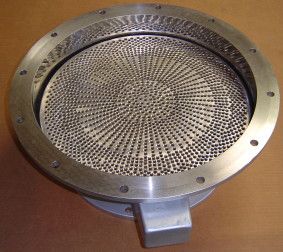
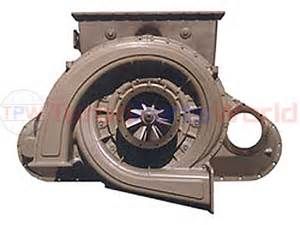
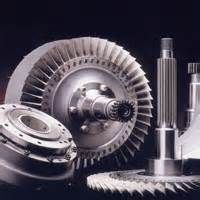

Loading comments...